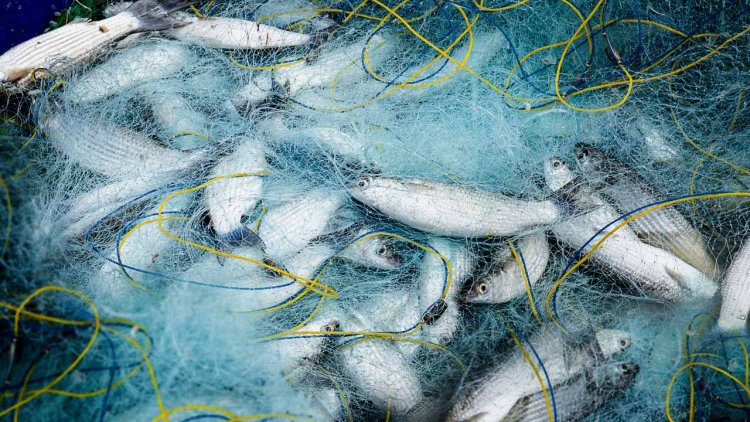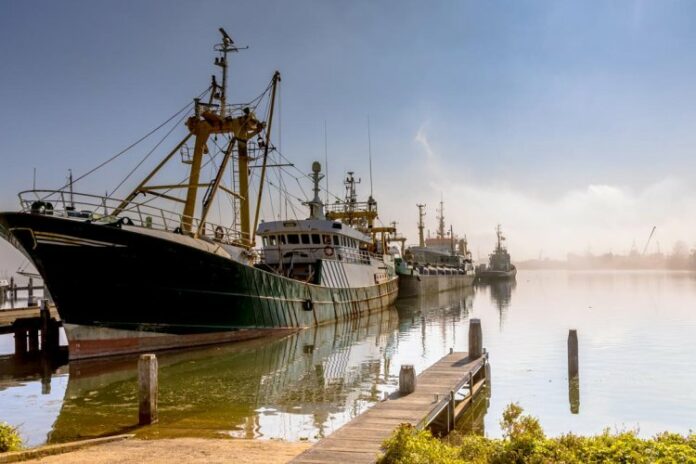The revised EU fisheries control regulation updates most of the rules for controlling fishing vessels to bring them in line with technological developments and make EU fishing more sustainable.
The main changes relate to improved monitoring of fishing activities and traceability of catches by making use of the best available technology and sanctioning those breaching the rules.
Commissioner for the Environment, Oceans and Fisheries Virginijus Sinkevičius said:
“The revised fisheries control system is the culmination of five years of negotiations. With it, we are significantly updating the way fishing activities are monitored, to ensure that our precious marine resources are better protected, and fisheries control rules are better enforced through the whole chain, from the net to the plate.”
The control of fishing activities will be entirely digitalised – from the net to the plate – by gradually expanding the geo-localisation and electronic reporting to all fishing vessels, irrespective of their size, and mandating catch recording and reporting in certain recreational fisheries.
All fishing vessels will be tracked via a vessel tracking systems (VMS) and all catches will need to be recorded via electronic means.
User-friendly tools such as apps on mobile devices will be used to remove the burden for fishers.
For the first time, full digital traceability will be mandatory along the supply chain, enabling the authorities to more effectively tackle illegal fishing. The system will be mandatory for fresh and frozen fishery and aquaculture products. It will gradually be expanded to processed fishery and aquaculture products, such as canned products, giving consumers more information on the origin. These rules will apply to all fishery and aquaculture products, including imports.

The new EU control system rules also strengthen the compliance of the ‘landing obligation’ (to make sure unwanted catches are not illegally discarded at sea, but brought to shore): they include obligations for remote electronic monitoring (with onboard cameras) for fishing vessels above 18 meters that present a high risk of non-compliance with this obligation.
The new rules include harmonised sanctions for breaching the rules of the common fisheries policy, in particular in the case of serious infringements.
The regulation enters into force on 9 January 2024 but there are transitional provisions to leave enough time for the EU’s fishing authorities and other relevant stakeholders to adapt to the new requirements.
Most provisions of the amended regulation will apply in 2 years, from 10 January 2026. Derogations to the margin of tolerance apply in 6 months (from 9 July 2024).
Some provisions will apply only after 4 years (from 10 January 2028), as their implementation may require some preparatory work, such as the remote electronic monitoring, or electronic tracking and catch recording for small scale fleet.
Few other provisions will apply only after 5 years (from 10 January 2029), such as the ones on traceability for prepared and preserved fishery and aquaculture products or for algae.
In the coming months and years the European Commission will adopt the necessary regulations to ensure a harmonised implementation of the new rules across the EU.



